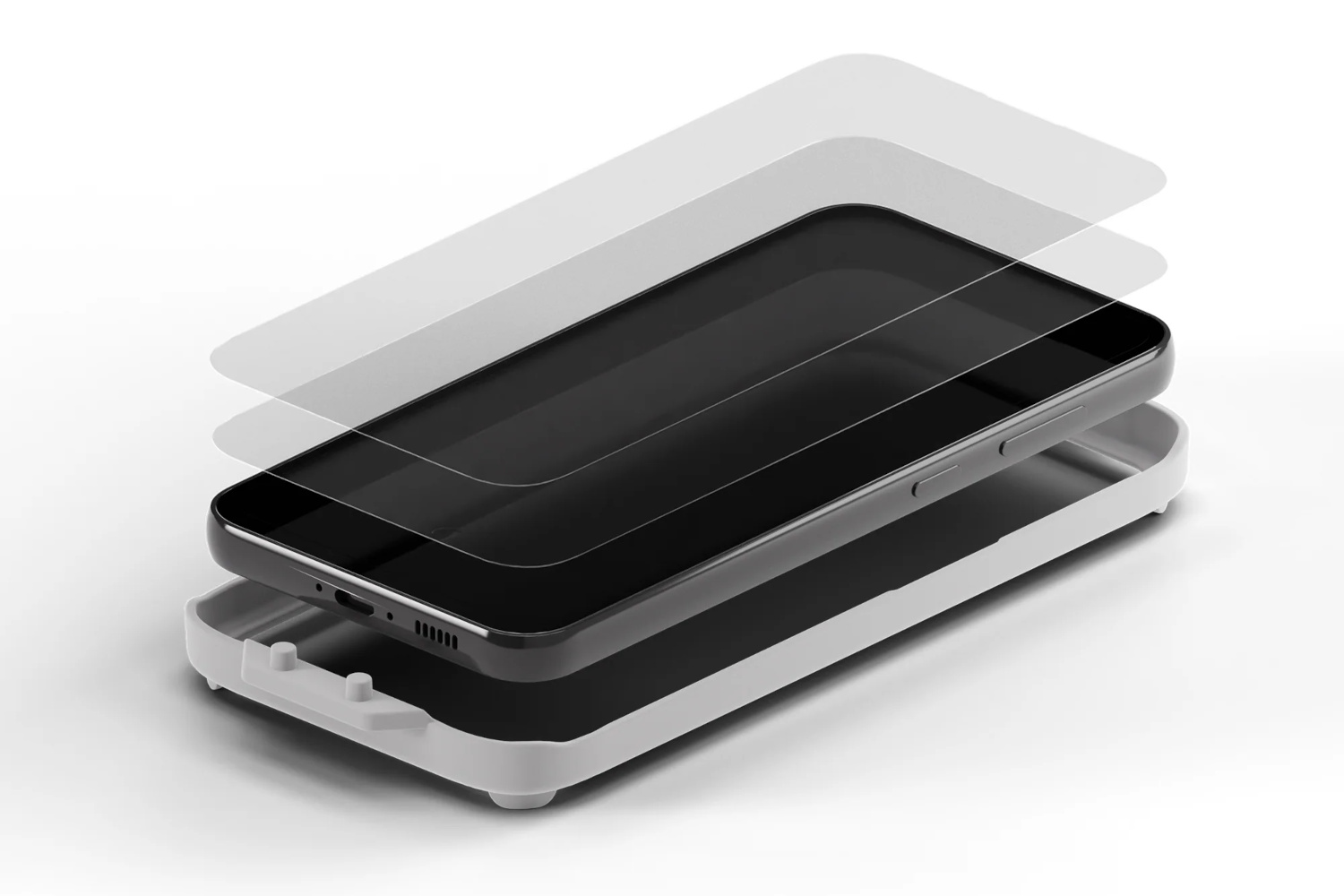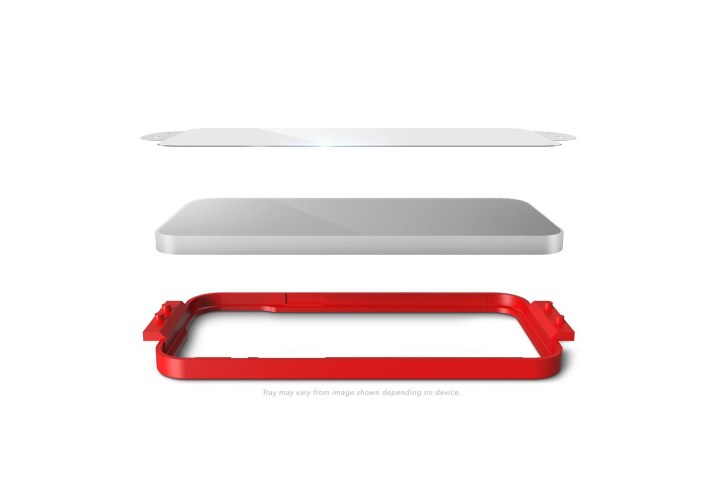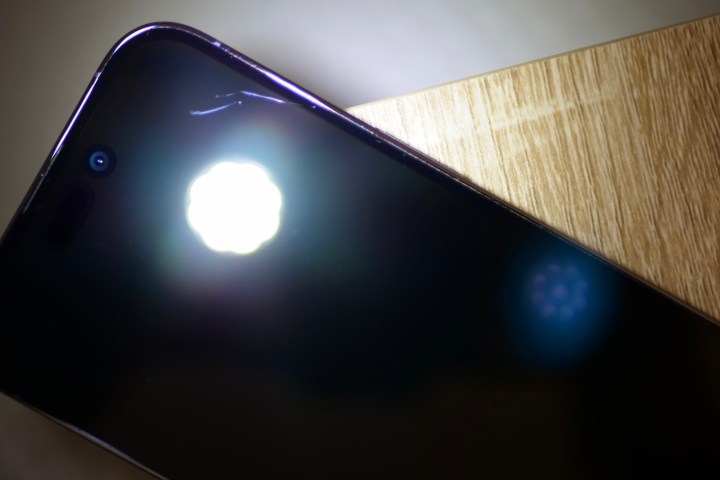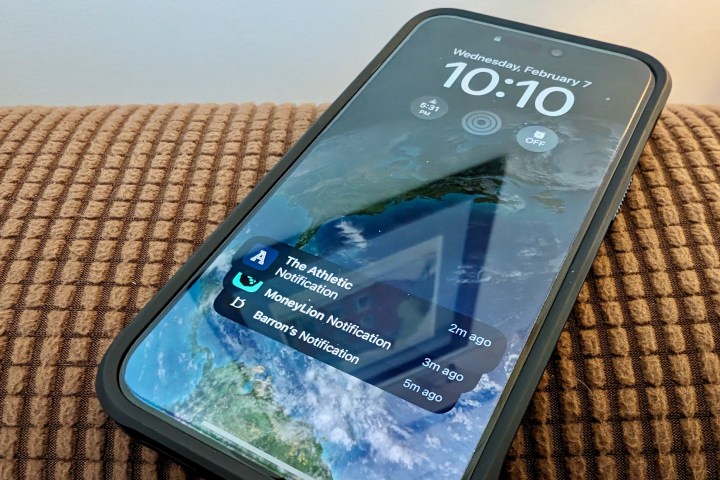
Like millions of others, I visit the Apple website every year and order a new iPhone. Once it arrives, I always have the same reaction when I see it for the first time: it’s a shame that I have to cover this beautiful device with a case. And yet, that’s the wise thing to do to protect my investment.
Although I always recognized the need for an iPhone case, I have never been a fan of screen protectors. That changed recently when I was introduced to the Zagg Glass XTR3 Protector for my iPhone 15 Pro Max. One of the best screen protectors on the market, the XTR3 offers several features missing on similar products. Those features and Zagg’s comprehensive product guarantee have made me a screen protector believer. Depending on your needs, you might want to be, too.
I didn’t used to be a screen protector person

I have been covering the mobile technology industry for various websites since the release of the iPhone 4 in 2010. Over time, both the physical iPhone screens and the separate screen protectors have improved significantly. And yet, two points have consistently turned me off from screen protectors: the many price points and the application process.
It only takes a quick look at Amazon’s selection of smartphone screen protectors to realize that they come at vastly different prices. You can find packages with two protectors for as little as $10, for example, while others cost almost $99 and make grand promises despite looking identical to the cheaper options.
And have you ever attempted to install a screen protector on your phone? Despite being somewhat intelligent, I have never encountered instructions that were easy to follow. No matter what, I have always had annoying air bubbles. It’s frustrating and, until recently, has always led me to ditch the protector after just a few hours.
Why the Glass XTR3 Protector is special

When I first encountered the XTR3, a few things caught my attention. Its price was one of them, but not in the way I anticipated. Priced at $60, the XTR3 is not exactly a bargain, but it’s also not the most expensive screen protector available. The price made me curious about what features made it worth the cost. Then I saw the long list of features.
This screen protector uses Zagg’s Hexiom impact technology, which adds a honeycomb-like structure to the display. The structure is designed to absorb shock and lower the risk of scratches leaving a permanent mark. I drop my iPhone a lot, although most of the time, it’s on the carpet in my home. Still, any additional protection is worth it The protector also adds a blue light filter and includes antireflective technology, making the screen slightly easier on my eyes.
Perhaps more importantly, the screen protector comes with a nifty installation tray called EZ Apply, which was designed by Zagg. The tray is recyclable and is included in the protector’s packaging. It promises to provide perfect alignment during the installation process. The team that created EZ Apply deserves much praise for their efforts. The installation tray is a time-saver and makes the process of placing the protector on the iPhone screen much simpler. Best of all, those dreaded bubbles were nowhere to be found.
One additional feature convinced me to give the XTR3 a try: its promise of maximum touch sensitivity. Adding another layer between a finger and a smartphone display naturally can affect the quality of tapping on the surface. I don’t know how Zagg did it, but taps on the display seem even stronger (if that’s the correct word) with the screen protector. It’s pretty incredible.
Is this really necessary?

Are you still not convinced about purchasing the XTR3 screen protector? I understand that $60 is a significant amount of money. However, another crucial aspect of the XTR3 is worth mentioning: its limited lifetime warranty. If you accidentally drop your iPhone and damage the screen protector, you can contact Zagg and get a new one for free. The only requirement is you have to register the product on the Zagg website at the time of purchase.
The iPhone 15 range features a strong Ceramic Shield front that Apple claims is more durable than any other smartphone glass. This and a recommended case should be sufficient for most iPhone users. However, if you tend to drop your phone frequently, an option like the Zagg XTR3 will provide even greater protection.
Not only does it add more toughness, but it also includes the blue light filter and antireflective technology mentioned above. Combine that with the lifetime warranty, and it quickly adds up to an impressive package.
A final word

I’m impressed with the Zagg Glass XTR3 and strongly suggest purchasing one if you’re in the market for a screen protector. The model is available for every iPhone 15 model, plus many popular Android phones.
If the concept appeals to you, but you’re still not convinced spending $60 is necessary, remember that screen protectors are not all made the same way. I’d suggest avoiding the cheaper options, which are typically manufactured by unknown companies and don’t offer any assurance of durability.
Instead, if you choose to purchase a screen protector, opt for products from recognized and reliable companies, ensure that they have the features you need, and check the type of warranty that comes with them. If you’re like me, that may be enough to convince you to join Team Screen Protector. And I think you’ll be glad once you do.
Editors' Recommendations
- Why I ditched my iPhone 15 Pro for the Samsung Galaxy S24 Ultra
- I tried the Apple Vision Pro. Here’s why it won’t replace my iPhone
- Nomad’s new iPhone accessory is unlike anything you’ve seen before
- This is one of the best iPhone 16 leaks I’ve seen yet
- I’m in love with these Lunar New Year iPhone accessories




